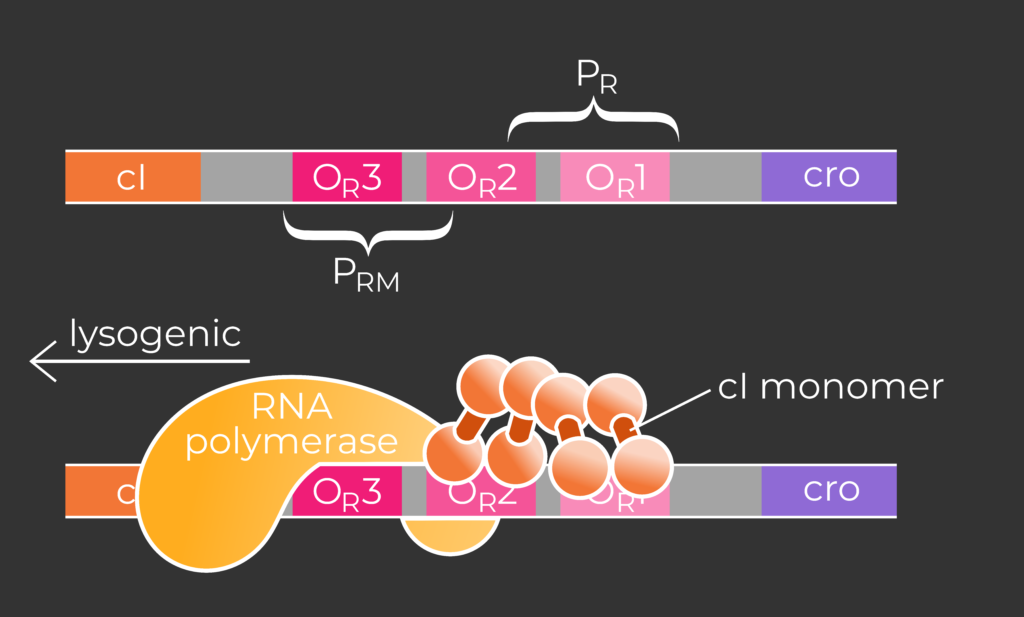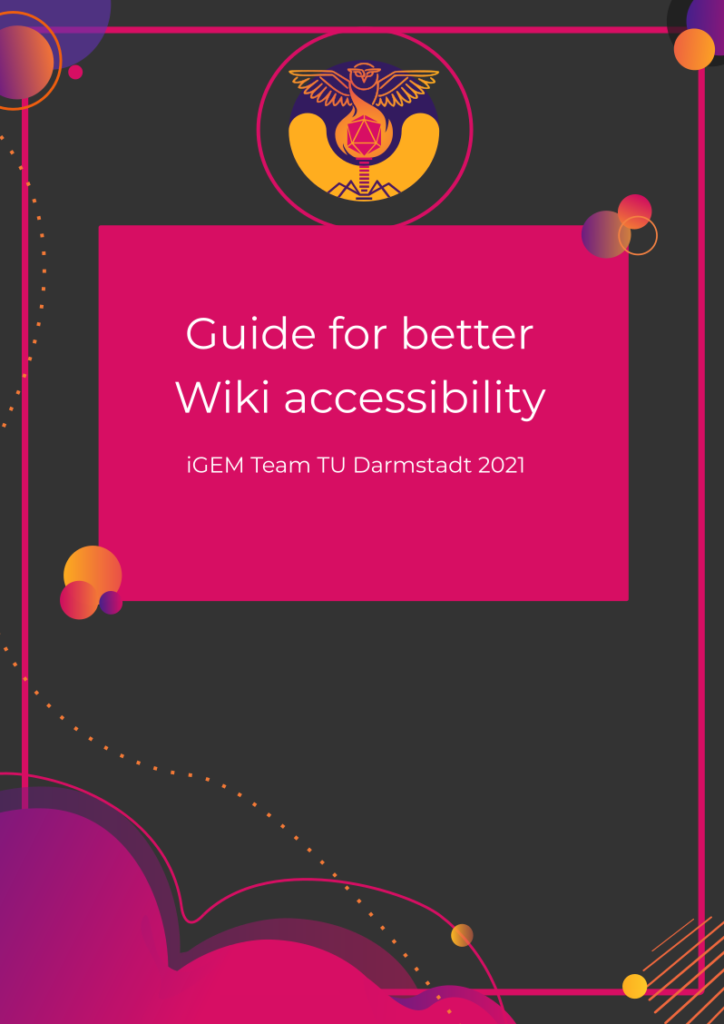Web Accessibility
4.66 billion users are active on the internet worldwide (as of January 2021).1 That equates to a staggering 59.5 % of the global population. Therefore, web accessibility is vastly important. With such a tremendous amount of people having access to the page, why not making it comprehensible for as many people als possible?
There are several techniques to make a website or the Wiki as part of iGEM more accessible and barrier-free. We tried to include as many techniques as possible, to just name a few:
- Project summary in plain language
- Providing videos with subtitles
- High color contrasts
We condensed the most important facts into a guideline, which we want to provide to other iGEM Teams and make science more accessible and inclusive for everyone.
Color Vision Deficiency
About 8 % of males and 0.5 % of females of Northern European ancestry are affected by red-green color vision defects, which is the most common form of color vision deficiency.2
However, there are multiple forms of color vision deficiency:
- Monochromacy: A person with this type of color vision deficiency can only see differences in lightness/darkness. Therefore they see everything in black and white or one single color (Figure 4).
- Dichromacy: People with dichromacy have problems with distinguishing two different colors (Figure 3). The most common forms of color vision deficiency – protanopia and deuteranopia – fall in this category and cause problems to differentiate between several shades of green, yellow and red. A less common form of dichromacy are the blue-yellow defects – that are called tritan defects – resulting in the confusion of blue with green and yellow with violet.
- Anomalous trichromacy: This color vision deficiency causes effects that look similar to those caused by dichromacy. However the function of the effected receptors are not completely lost which means that some of the color can still be perceived (Figure 2).3




Having a color vision deficiency can be a big hindrance especially when information in a figure is presented only through a difference in color. Imagine a Live/Dead staining with red and green for example and those two colors have no difference in lightness. People with red-green color vision defects or people witch monochromacy would face a huge problem in trying to access the information from the figure.
In order to give people with different color vision deficiencies a fair chance at understanding every aspect of our project, we focused not only on ensuring that the colors we use would not pose a problem in this regard, but furthermore on including patterns or legends where necessary and possible (Figure 1).
Within our text we made sure that highlighted words are not just colored but also bold and links to other pages are simply underlined, so that the two things can not be confused.
To simulate how the colors we used would look in different types of color vision deficiencies we used https://www.colorhexa.com/ (external) and http://www.color-blindness.com/coblis-color-blindness-simulator/ (external).
Language
Sharing information via language is a common tool that can be very effective.
To ensure that the general information about our project and the purpose of this website is accessible for a broad variety of people, we collaborated with an agency specified on creating texts in plain language. These texts correspond to the B1 language level, which is understood by 95% of people and it speeds up reading time and improves comprehension.
Animations and Videos
Offering information as a video or animation is a great tool to achieve better comprehension. However, it is important to provide a function to pause them as well as not allowing them to auto-play. The reason is that any type of movement close to text can hinder people from comprehending the information from the text.
Furthermore, we avoided overly bright and flashing animations completely as these can even trigger epileptic seizures.
Guide for Better Wiki Accessibility

References
- 1. Kemp S. DIGITAL 2021: GLOBAL OVERVIEW REPORT. Datareportal. 2021 Jan 27 [accessed 2021 Oct 7]. https://datareportal.com/reports/digital-2021-global-overview-report
- 2. Flück D. Color Blindness – learn all about it. Colblindor. 2006 Feb [accessed 2021 Oct 7]. https://www.color-blindness.com
- 3. Color vision deficiency. MedlinePlus. 2020 Aug 18 [accessed 2021 Oct 7]. https://medlineplus.gov/genetics/condition/color-vision-deficiency/

